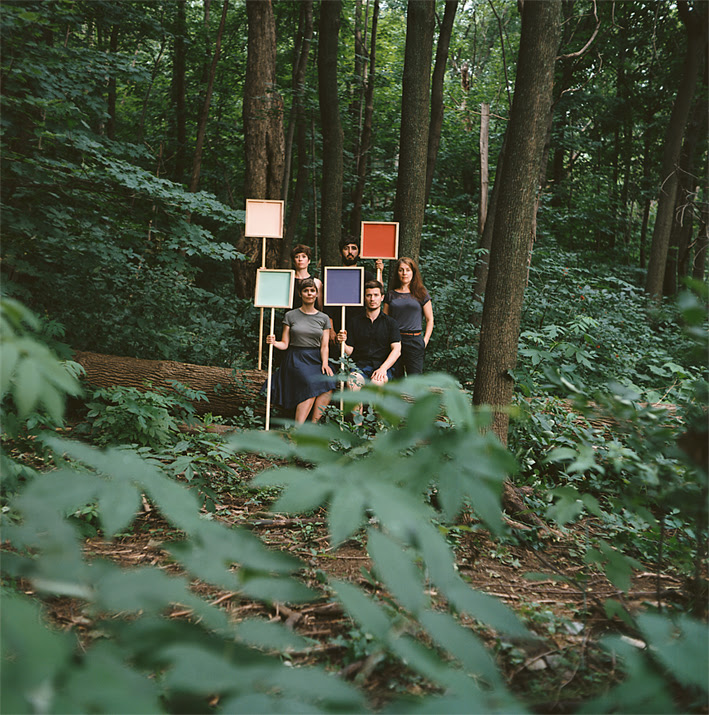Exhibit at L’Occurrence Gallery examines what it means to be a friend until Oct. 4
The artists involved in Champ Amical used a huge variety of mediums to express their ideas of what friendship all about.
The proverb “a friend in need is a friend indeed,” indicates the powerfulness of friendship, a theme that is seldom addressed in contemporary art. The Champ Amical exhibition presented at L’Occurrence Gallery embraces it.
The artists featured in the exhibition are close friends, and they evoke the theme of friendship through their drawings, lithographs, books, photographs, videos and sculptures. Graphic designer Catherine Beaupré; the multi-talented duo composed of Vincent Leduc and Annie Descôteaux, videographer Julie Tremble, photographer Michel Laforest, special effects designer Philippe Hamelin, and Jonathan Demers all contributed to the project.
Leduc-Descôteaux‘s exhibit includes drawings, lithographs, photographs, a video and a sculpture that showcases their friendship since 2004. It includes a motif, in the shape of a stuffed golden serpent. All the other artists created their exhibits specifically for Champ Amical.
Catherine Beaupré uses photography, drawing and collage in the form of three books to portray the many facets of friendship. The artist associates a colour with each of the three books to evoke different feelings and meanings such as the intense emotions often experienced in friendship, the feeling of adventure and even the impact of food in a friendship. When contacted electronically about her artistic work, Beaupré explains that, “books can be ideal to group different things and form one unique object. I chose books as my medium to restrain my work.” She described her use of photographs, drawings and texts in her books as a way to facilitates the contemplation of friendship.
Philippe Hamelin’s video incorporates the ecstatic dance movements of a group of digital zombies to create the poetic harmony that exists between humans and technology in dance.
Julie Tremble’s video recreates the inside of the homes of friends using 3-D modeling “to portray the intimacy and transparency that exists there,” she says, “I wanted to create the feeling of discovering the rooms within a home, along with the shapes and objects contained within this confined and intimate space that is shared by close friends.” Tremble says that her video unintentionally portrays “an inventory of contemporary places where people from a certain social group, and of a certain age, live.”
Michel Laforest presents a series of photographs that depict the harmony that can exist amongst friends while they enjoy nature. This harmony is evident by his use of colour and timing.
Jonathan Demers provides the audio guide for the exhibition, in collaboration with his friend Frederick Malette as complementary audio component to an visual ode to friendship.
As an ensemble, these projects are designed to help us reflect on the value of friends, in terms of how they affect our lives in ways that we may not have thought about. By seeing the artists involved in the exhibition at the vernissage, it was evident that much discussion was generated as friends clustered in groups and mingled together. Champ Amical will most definitely make a friend out of you if go and visit this homage to the special bond that is friendship.
Champ Amical is presented until Oct. 4 at the new location of Occurrence espace d’art et d’essai contemporains. For more information, go visit the gallery’s website: occurrence.ca.
